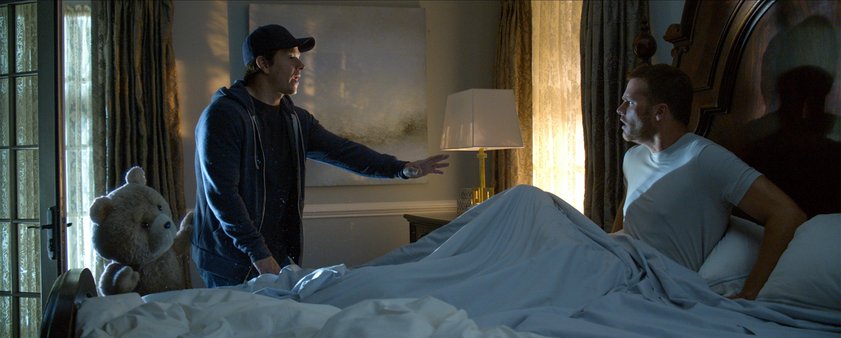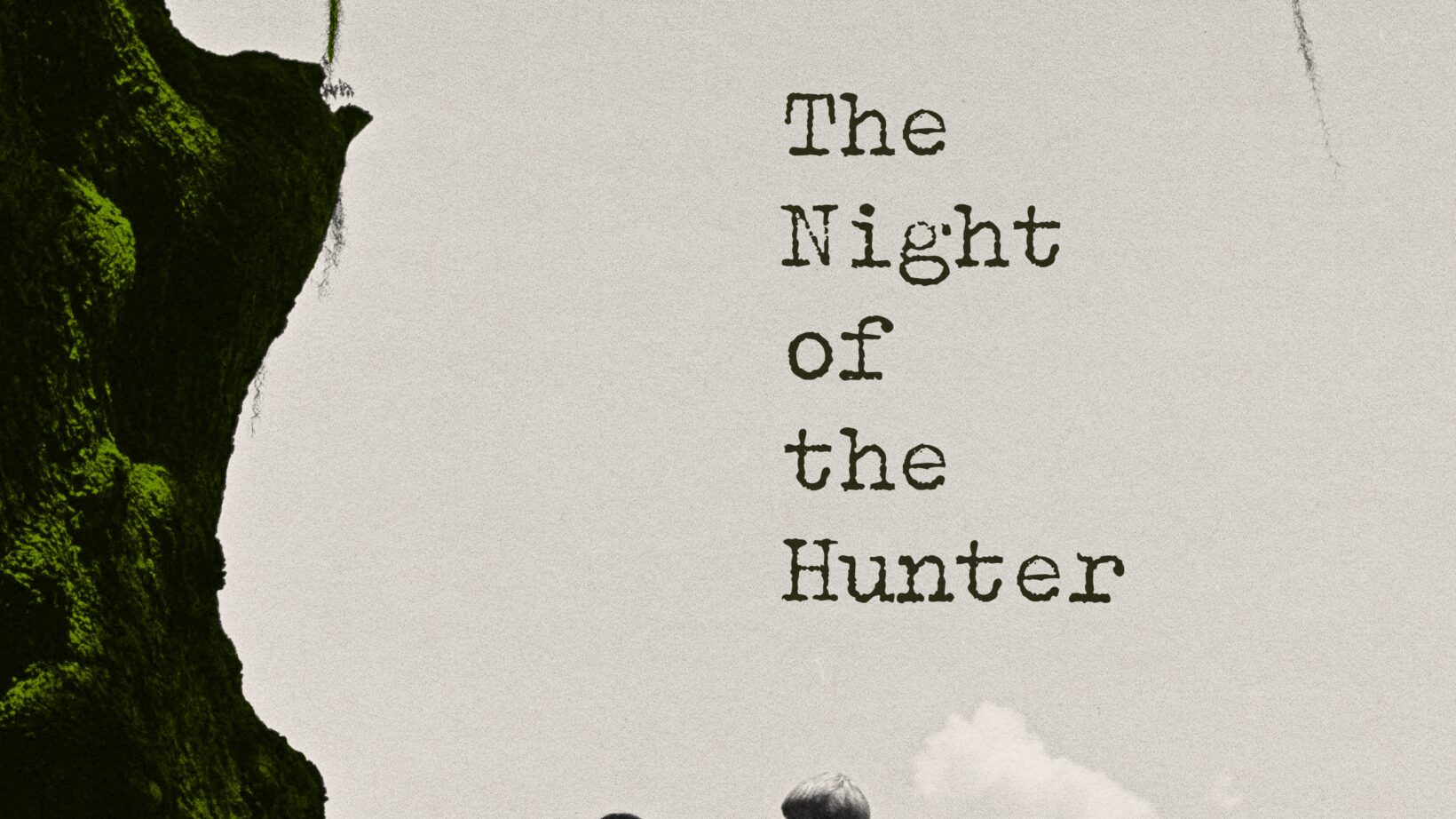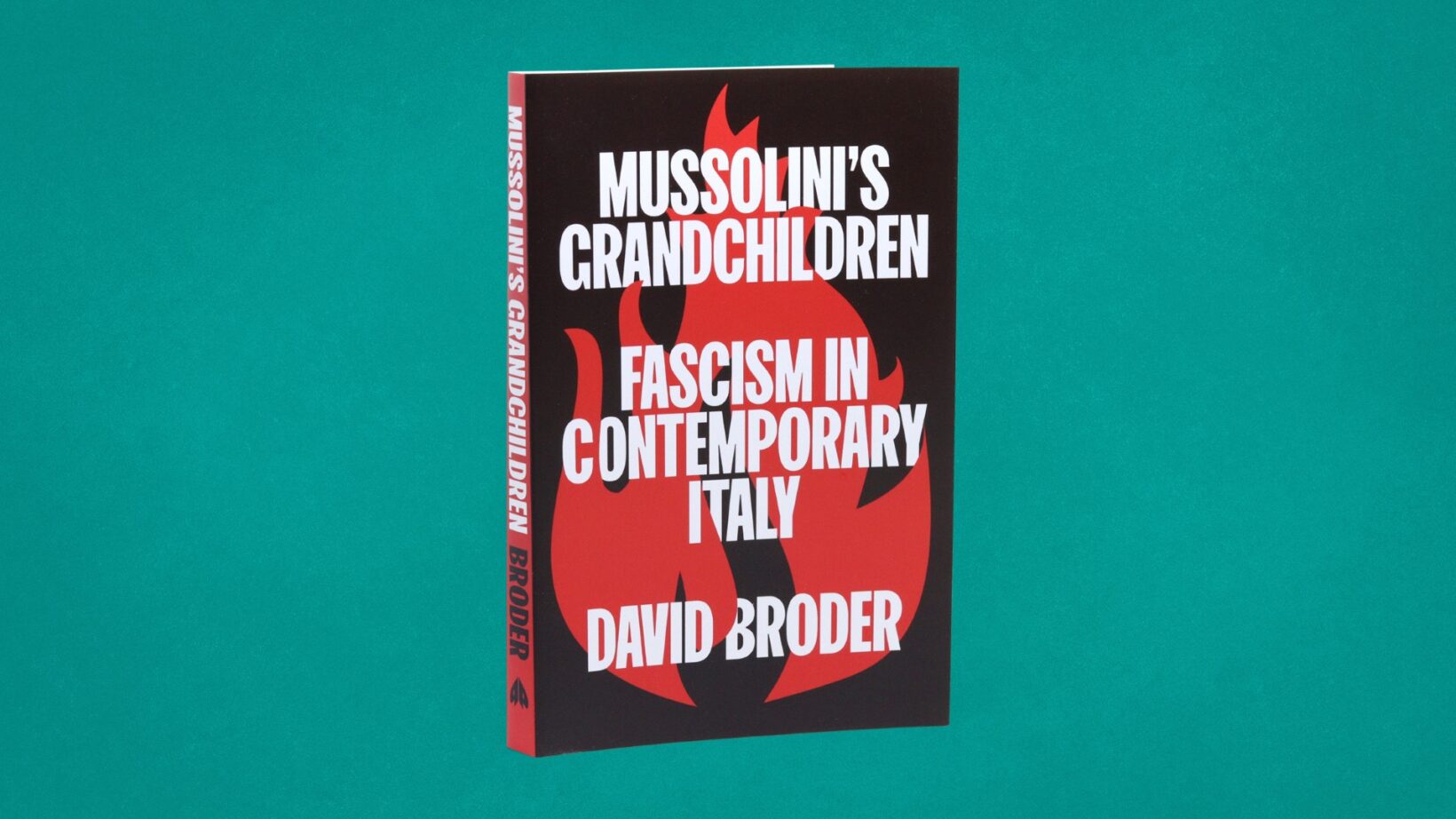As the NFL superstar leaves the field forever, writer Sam Moore ask how Brady has shaped his sport, as well as America’s cultural imagination during the course of his career.

After speculation, uncertainty, and a story that broke too soon, Tom Brady has finally announced his retirement from the NFL, after two decades of playing at the highest level. So much of Brady’s career – and the impact that it left off the fielder, on wider cultural landscapes – feels deeply unlikely. If they ever decide to make a biopic based on the life of the former quarterback, it will feel almost fictional in itself; to look at the start of Brady’s career is to think there’s no way this would happen to a real football player. His career is a counterfactual, a challenge to the traditional narratives that exist around competition and American sport.
For those who don’t know or care about how NFL rosters are put together, some context: every year, there’s an NFL draft, where college graduates make themselves available to be drafted by professional teams, and get their first attempt at a big break in the sport that they’ve dedicated so much of themselves to. The team with the worst record the prior season gets the first pick of the first round, and the team that won the Super Bowl gets the last one. Conventional wisdom says this is built to create parity: teams that do badly get to draft the players that are – in theory – better, meaning that bad teams aren’t punished for failing to win games. Another piece of conventional wisdom is that players drafted early on are the ones who will go on to be the most successful. Peyton Manning, Brady’s most consistent rival when both men were in the NFL, was drafted first overall by the Indianapolis Colts in the 1998 draft. Picked just after him, and in a riposte to this kind of conventional wisdom, was former San Diego Chargers, Tampa Bay Buccaneers, Dallas Cowboys, and Seattle Seahawks quarterback Ryan Leaf, seen as one of the biggest busts in the history of his position. But when it comes to challenging the expectations of the draft, Ryan Leaf has nothing on Tom Brady. In the 2000 draft, Brady was selected by the New England Patriots with the 199th pick, in the sixth round. When you’re picking a player this low in the draft, it isn’t just that you’re not expecting them to be a superstar, but you’re probably not even expecting them to play a meaningful game of football.
When Brady was drafted by the Patriots, their quarterback was Drew Bledsoe. In 2001, Bledsoe was signed to what was, at the time, a record-breaking contract of over $100 million. The end of the 2001 season saw Brady leading the team to their first-ever Super Bowl win, the first of many for both Brady and the franchise.
This, the first of many acts in the career of Tom Brady, reads like an inspirational sports film about an underdog who defies expectations. This kind of narrative would often follow Brady around during his time with the Patriots; his ability to make seemingly impossible comebacks in the face of all odds, mostly thrillingly against the Atlanta Falcons in Super Bowl 51, overcoming a 28-3 deficit at halftime. Brady was, is, the GOAT (Great of All Time). Brady is married to a supermodel. His life looks almost manufactured to be an image of the American Dream. Brady’s image, on and off the field, and his success on it, come together in an act of strange synthesis to make him the unique kind of cultural figure that, rather than changing with the times, sees the times change around him.
There are people in other mediums that seemed to have this effect who, after breaking through, remained not only mainstays in their fields, but saw the personas that they brought forward become fixtures of cultural landscapes, even as they rapidly changed. Tom Hanks has a varied career playing a wide variety of characters, but some of his performances over the last few years feel as if they’re reflections of the Idea of Tom Hanks; the spirit so often associated with him and his characters distilled, brought to bear on people who are perfect examples of what the Idea of Tom Hanks represents: Walt Disney in Saving Mr. Banks, and Mr. Rogers in A Beautiful Day in the Neighbourhood. As cinema has changed around him, something about Tom Hanks’ characters has remained – almost in the style of the studio system, where actors had incredibly strong associations with certain kinds of characters and films; John Wayne and westerns, James Cagney and mobsters – quintessentially Tom Hanks. Throughout decades in the NFL, as the sport has constantly changed, and asked for different things from its players – especially quarterbacks – Brady has remained, unchangingly, Brady.
For football, Brady’s retirement is the end of an era because he was, in many ways, the last of his kind. Brady was a pocket passer: he stood still, defended by his offensive linemen, and threw the ball. As Brady continued to win Super Bowls, the quarterback position changed around him; the new generation coming up in his wake were more physically gifted, more capable of extending a play by running; players like Lamar Jackson with the Ravens or, with his own unique brand of brilliance, Patrick Mahomes with the Chiefs. Yet not only did Brady’s playstyle stay the same. He also got better at it; his final two seasons in the NFL (with the Tampa Bay Buccaneers, leaving the Patriots after two decades) were among his two best statistically in his entire career. The only time he threw more touchdowns than in his two years in Tampa (40 in his first year, 43 in his second) was playing for the Patriots in 2007, when he essentially remade the NFL, becoming the first quarterback to throw 50 touchdowns in a season.
Among all of these stats, championships, and decades worth of staying power, Brady has become a kind of cultural image and icon in his own right. Not only when it comes to the strangeness of his personality – he’s infamously never eaten a strawberry – but through what he and his legacy represent; from crass comedy to the meaning of a dynasty, the ghost of Brady’s career will linger throughout culture.
There’s a scene in Ted, a 2012 film about the friendship between man-child Boston native, and his foul-mouthed talking teddy bear, where the two watch Flash Gordon together. When asked to identify himself, the eponymous describes himself as “Flash Gordon. Quarterback, New York Jets.” After hearing this, the man-child (John Bennett, played by Mark Whalberg), says, “see, this is the American fantasy right here. A professional NFL player is called upon to save the world.” The bear’s response: “yeah, Tom Brady could do that.” In the 2015 sequel, one of the plot threads involves trying to steal some of Tom Brady’s genetic material so that the bear can impregnate his girlfriend. The way he’s talked about in Ted, and the commercials that he’s appeared in throughout his career, all lean into this Idea of Tom Brady, the persona that’s associated with decades of high-level competition: from mattress commercials that cast him in a James Bond-style role, to producing a fifth Super Bowl ring in an ad for Shields MRI; a ring that he’d go on to win that year. These ideas, the way that he leans into what people expect from him – a lot of his time spent doing these meta commercials were during his four-game Deflategate suspension in the 2016 season (one that end with Brady winning a Super Bowl) – all lean into his place in both the NFL, and in culture more widely. In 2005, after winning his third Super Bowl, Brady hosted Saturday Night Live and wasn’t exactly a natural in front of the camera. It was difficult to get a sense of who Brady was at the time; but a decade later, the Idea of Brady, his image in culture had been cemented, so his more recent appearances as versions of himself make sense – not just for Brady, but as a way of understanding the ways in which celebrity works in American culture. So much of that celebrity is based around an idea, an image, a persona – Brady the person turned into a kind of abstraction, a representation of victory, a figurehead for a dynasty.
American sport loves the idea of a dynasty, and so does its culture more widely; from the ancient imperial term being made modern through the 80s primetime soap, this once monarchical term ended up taking on a new meaning, one that feels particularly potent when it comes to Brady’s successes, as well his roads not taken. Defining a dynasty in sports is tricky; there’s no set rule that a team needs to have won a set number of championships to be conferred with the title. But Brady’s time with the patriots is the most dynastic in all of sports: he spent 20 seasons with the team and won six Super Bowls. The Brady era feels almost like a feudal dynasty, so unchanging as the league changed around him and his team. And for Brady, a man whose whole career and legacy seems to hinge on counterfactuals – there are plenty of videos out there about what would have happened if he never replaced Bledsoe – it seems like there was one dynasty that really wanted to take the GOAT under its wing. In a radio interview with Brady, Howard Stern said “Trump always dreamed of you marrying Ivanka.” And Trump himself has – jokingly, by all accounts – said that he “could have had Tom Brady” as a son-in-law, but instead, he “got Jared Kushner.” The thing with dynasties, whether they’re in sports or politics, is that their time in power lingers on after they’re gone. From the ghost of a stranglehold that Brady’s not-quite-father-in-law still has on the GOP, to the spectre of Brady himself that will remain irreplaceable in his absence: a player who was at once the product of his time, but that also transcended it, becoming an image of a certain kind of success in American culture.
The most surprising thing about Brady’s retirement is simply the moment at which it happened. Sure, his two-year contract with Bucs was up, but to see him playing at what might have been the height of his powers after more than two decades in the NFL can’t help but make that question linger. Years ago, Brady once said “when I suck, I’ll retire,” and if his last pass in the NFL – a deep, explosive touchdown – is anything to go by, he was nowhere near sucking when he decided to hang up his number 12 jersey for the last time. In an Instagram post announcing his retirement, instead, Brady acknowledged the requirement for a 100% “competitive commitment” for playing football, one of the things that he loves most about the game. And it’s that kind of competitive commitment that informs both Brady’s ability on the field, and the way that it’s impacted the persona he puts forward off of it – it feels like an ideal parallel to pulling out an extra Super Bowl ring during an ad for an MRI service – and that, in the end, Brady no longer needs to make that kind of commitment anymore. There’s nothing else for Brady left to win, and it feels impossible for anyone else to really challenge his GOAT status – his longevity, his ability to improve by staying the same instead of needing to change with the league. His post-Patriots seasons with the Bucs felt like Brady was proving something to himself as much as to everyone else; that he could succeed with a team that wasn’t coached by Bill Belichick, the man he’d collaborated with for decades in New England. Instead of playing until he sucked, Brady proved everything that there was to prove, and left the game at the height of his powers. There’s something fascinating about this, exiting on his own terms, that at once embraces his place in the culture, while also subverting; simply looking at everything that he’s done, and deciding that it is, in fact, enough. There’s a moment in the All-Stars spinoff of RuPaul’s Drag Race when Bendelacreme, after a dominant performance that the show has never seen before or since, chose to eliminate herself from the competition after yet another win, saying that she’d proven everything to the one person that mattered most: herself. Brady’s retirement feels like an echo of this, the final choice of a man who’s able to leave his legacy behind without needing to weep for the lack of new worlds to conquer. Not only had Brady conquered his world, but he also remade it, and his legacy will last even if he’s no longer under centre in a number 12 jersey.
Sam is a writer, and one of the founding editors of Third Way Press. Their writing on culture and identity has been published by Frieze, the LA Review of Books, Neotext, and other places. They have written two books, All my teachers died of AIDS (Pilot Press, 2020), and Long live the new flesh (Polari Press, 2022).





